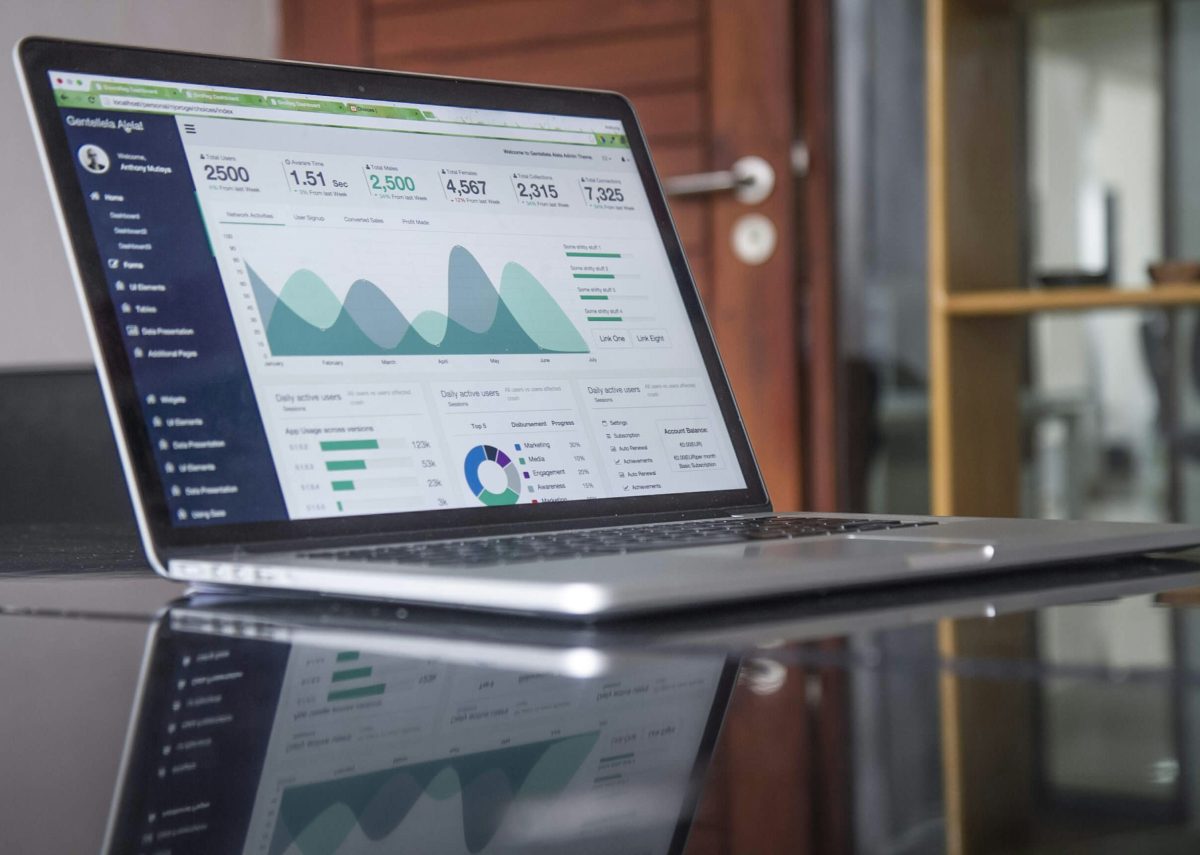In this series of articles, I’ve written about architecting algorithms according to their strategic role, as opposed to their technical capabilities, and have split them into three inter-related types: brand, relationship and business.
The brand article discussed how algorithms can help create and harvest demand for brands. The relationship article showed how algorithms offer opportunities to build one-to-one connections with customers that actually resemble relationships. Now it’s time to discuss the final type of algorithm — the business algorithm.
Business algorithms are the bosses of marketing algorithms. They might not be the life and soul of the party like the brand algorithm, or get all deep and meaningful like relationship algorithms, but they keep everything in check, determining the factors that maximise business success.
Algorithms confined to platforms
Platform-specific algorithms are increasingly ingenious at optimising towards a whole range of factors, such as creative execution, audience, message, and time of day. This optimisation is done automatically and on time scales limited only by the speed of light. But it still only provides a partial picture of what is driving business returns.
Algorithms such as Google Performance Max, while effective at optimising towards bottom-of-funnel metrics, are limited to optimising within their platforms, as opposed to offering a holistic picture.
Companies’ owned relationship algorithms, fueled by real-time customer data, are also limited in this way.
A virtual assistant will optimise towards the conversation that best aids conversion, retention or satisfaction, but it cannot know the degree to which the customer was ultimately won over by factors beyond its own silky-smooth sales patter.
An overarching source of truth
Business algorithms today must provide a more overarching source of truth. Increasingly, this truth can be found in the renaissance of modeling — now powered by AI.
A traditional manual approach to Media Mix Modeling (MMM, aka econometrics) takes time and money. It is also limited in terms of the granularity it can provide. AI-powered business algorithms are different in two important regards, however.
First, they are quicker and more responsive. Whereas traditional MMM was always late to the party, with analysis arriving every six months or so, AI algorithms analyse and update in near real time. This means that the findings can be actioned much faster. It also means these algorithms are more accurate in their predictions, as they are based on more recent data.
Second, they are much more granular. Traditional MMM is limited by the practicalities of what can be manually analysed, given the limitations of cost and time. AI algorithms change this. Not only can they analyse larger and more diverse sets of data, they can also explore these data sets from every angle, identifying correlations that might otherwise have been missed and assessing a greater range of variables. For instance, they don’t just analyse what media channels drive sales, but which audience segments are most influenced by these media channels.
This granularity also allows analysis of the variables’ impact on each other, which fully captures the indirect (as well as direct) effects of our marketing. Before, we could see that TV advertising increases profit. Now, we can see that it does so in part by influencing the key tracking measures which, in turn, impact long and short-term returns.
The need for humans
So, business algorithms are increasingly granular, increasingly fast, and increasingly autonomous. But they are not all-knowing; humans are still absolutely central. This is not just because we create them. It’s not just because we architect how the different kinds of algorithms fit together, either. And it’s not just because they have yet to reach their full potential. It’s because we still bring something they cannot.
For all their cleverness and speed, algorithms see only the past and predict the future purely on that basis. But the future is not determined. The world changes. Competitors catch up. New patterns emerge. And, for now at least, human imagination is still needed to determine how we respond.
Main image by Carlos Muza on Unsplash

